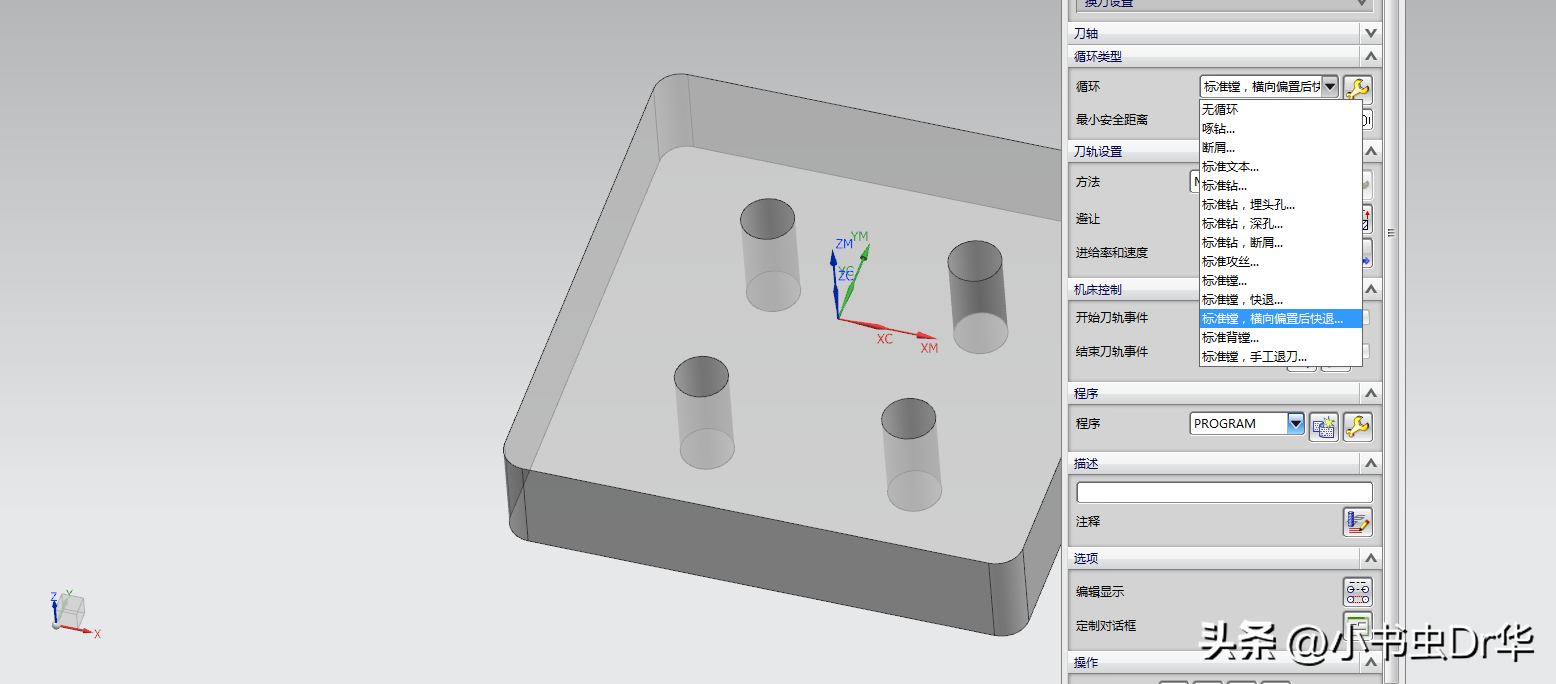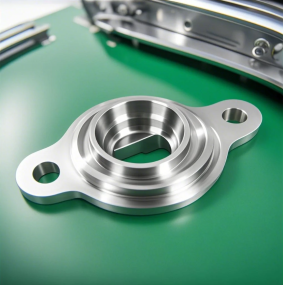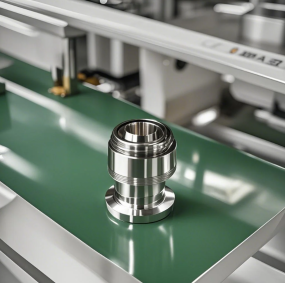Today I will talk about three ways to process precision holes.
The first type is hinge hole.
Reaming: First drill a pre drilled hole, leaving some margin, and then use a reamer to drill.
This method is simple and relatively fast. Cough cough, the machine switch next to it said, 'What, what, you always use a reamer, sob, you take care of the knife swing.' After saying that, I went to the supervisor and cried. After the supervisor listened, I went. It turned out that I hadn't done anything for a long time, and my emotions kept coming and going, which made me suffer.
That's all it requires. Don't spread rumors. If the machine is good, hinge holes should be used first.
It can process small holes ranging from 2mm to 10mm, which is more suitable for use. However, the specifications of hinges on the market are far from this. The commonly used ones are 4 with plus or minus 2 'c', 6 with plus or minus 2 'c', and 8 with plus or minus 2 'c', which is too simple.
The margin cannot be left too much, 0.1 on one side is the most perfect. For example, for a 4mm one, let's start with a 3.8mm one. OK。
The feed rate, speed, and uniformity of the allowance of the hinge hole to some extent affect the size of the hole, and in practical operation, it needs to be adjusted appropriately. Both G01 and G81 can be used for reaming.

The second type. Milling holes can be divided into two types.
One is in the form of a light edge, and the other is in the form of an equal height
This is easy to understand. First, make a rough cut with a margin, and then use a smooth cut. Isn't it very simple
The form of a smooth edge also requires a knife swing. Without a knife swing, there may be a taper. If the top is qualified, the bottom will be defective.
As for the form of equal height, the swing of the knife should not be too large, which can be ignored. If it rotates like a broom, it cannot be thrown. The form of equal height can solve the problem of taper, but it increases time and tool wear.
Suitable for processing larger holes, ranging from 3mm to 25mm, with a depth that is too deep depending on the situation.
When some machines process small holes, their movements make the machine tremble, so they can only moderately reduce the feed rate.
These two types need to be used in conjunction with G41D - for easy debugging.

The third type. Boring hole
Boring also requires rough cutting, leaving enough space, and then using a boring tool for precision machining. Here, a special tool, a boring tool, is needed. If you don't know what it looks like, you can go and read my article, where I have introduced it.
Boring holes are suitable for processing larger holes, with a maximum of 16 and above, and I have seen the highest limit of 398. The depth can be ignored, but it depends on the condition of the tool. The smoothness and perpendicularity of the holes processed by boring holes are guaranteed, and can be controlled at around 1 c. They are relatively dense and can be used in conjunction with a pendulum to adjust the tool to achieve machining accuracy. We recommend using G76 for processing here.

Well, that's all for today's sharing. The weather is getting hot, so all of you, take care of yourself and drink plenty of water.
I won't be able to find it next time, so you can follow me. The related articles are continuously updated, and we welcome everyone to discuss. Let's learn together, make progress together, and get promoted and paid. Hehe, from now on, we will reach the peak of our lives.


 Spanish
Spanish Arabic
Arabic French
French Portuguese
Portuguese Belarusian
Belarusian Japanese
Japanese Russian
Russian Malay
Malay Icelandic
Icelandic Bulgarian
Bulgarian Azerbaijani
Azerbaijani Estonian
Estonian Irish
Irish Polish
Polish Persian
Persian Boolean
Boolean Danish
Danish German
German Filipino
Filipino Finnish
Finnish Korean
Korean Dutch
Dutch Galician
Galician Catalan
Catalan Czech
Czech Croatian
Croatian Latin
Latin Latvian
Latvian Romanian
Romanian Maltese
Maltese Macedonian
Macedonian Norwegian
Norwegian Swedish
Swedish Serbian
Serbian Slovak
Slovak Slovenian
Slovenian Swahili
Swahili Thai
Thai Turkish
Turkish Welsh
Welsh Urdu
Urdu Ukrainian
Ukrainian Greek
Greek Hungarian
Hungarian Italian
Italian Yiddish
Yiddish Indonesian
Indonesian Vietnamese
Vietnamese Haitian Creole
Haitian Creole Spanish Basque
Spanish Basque











